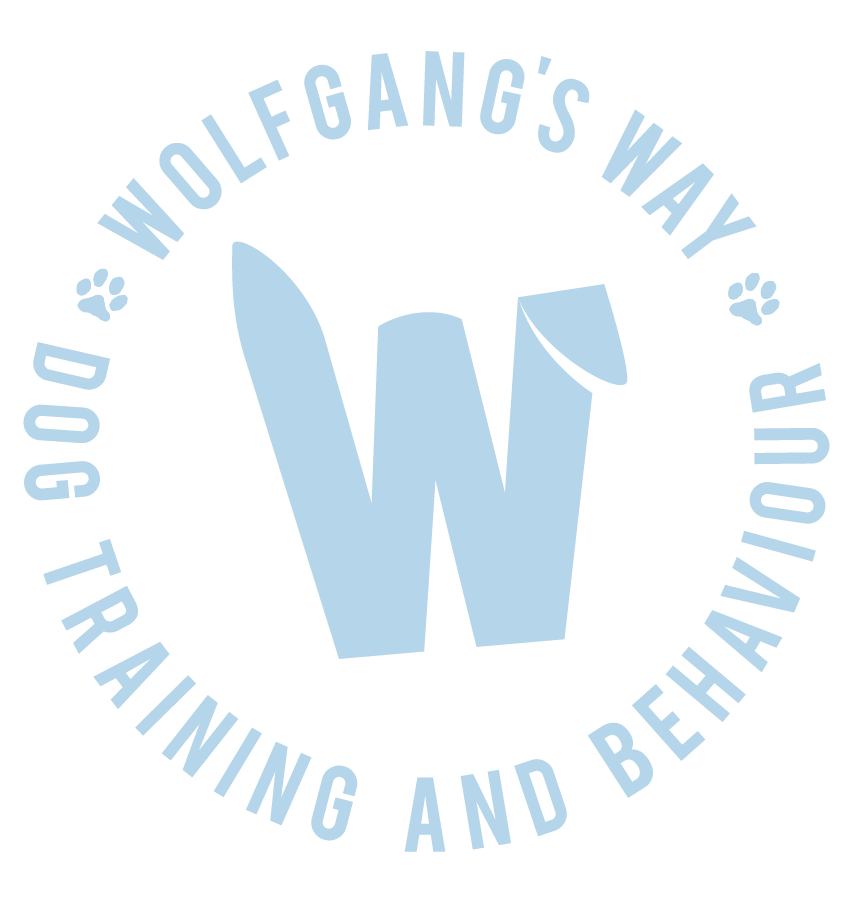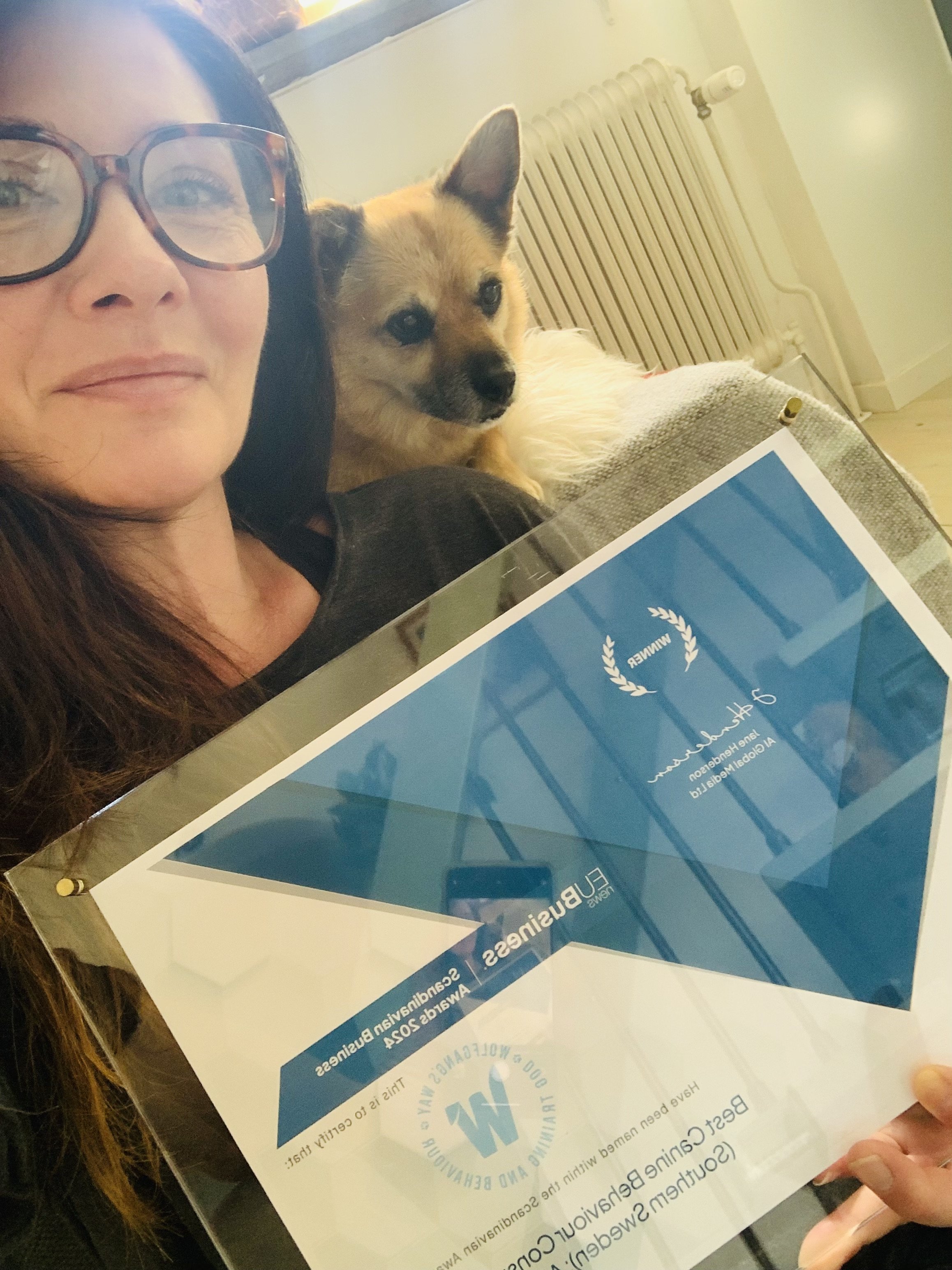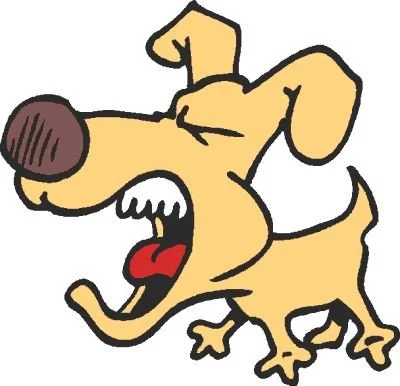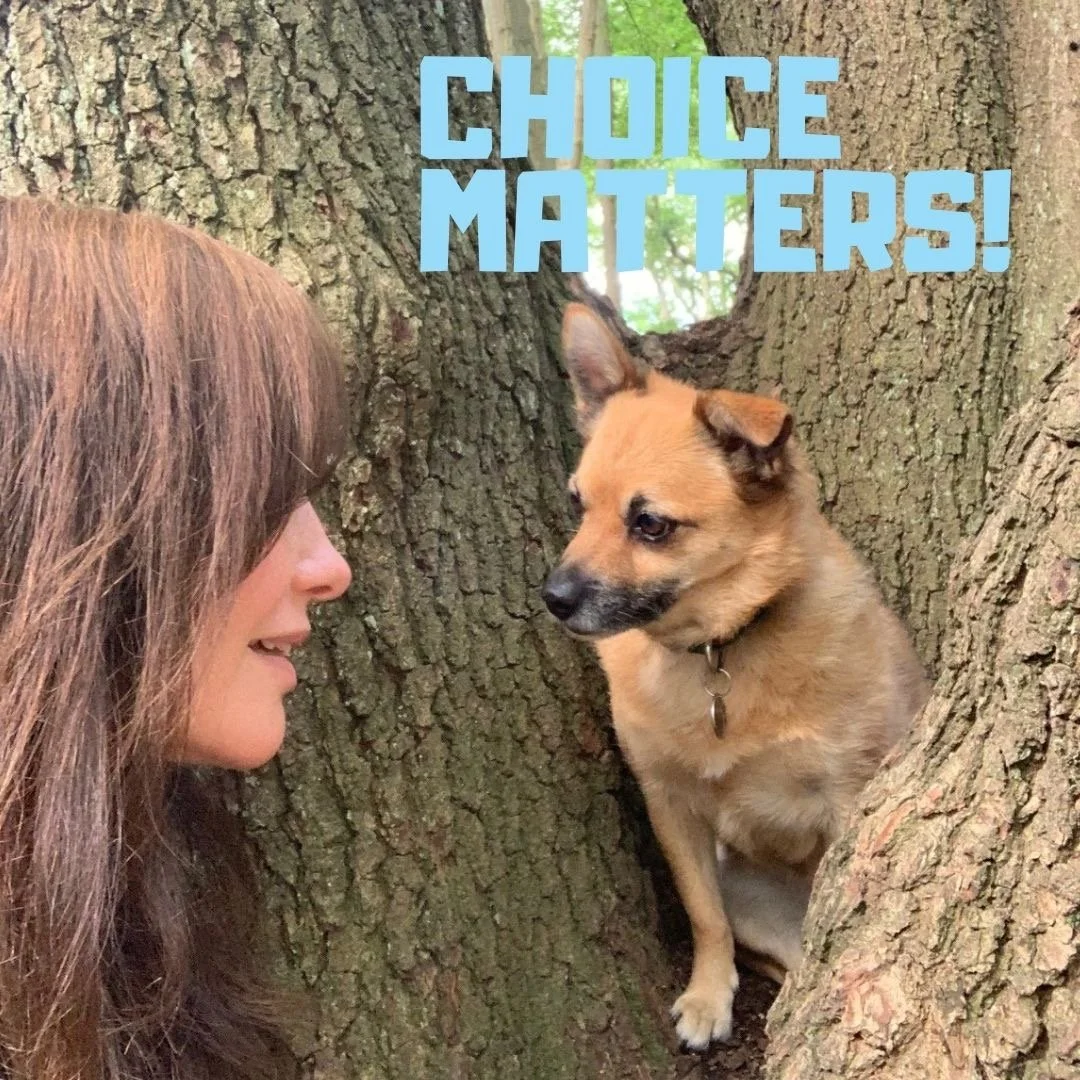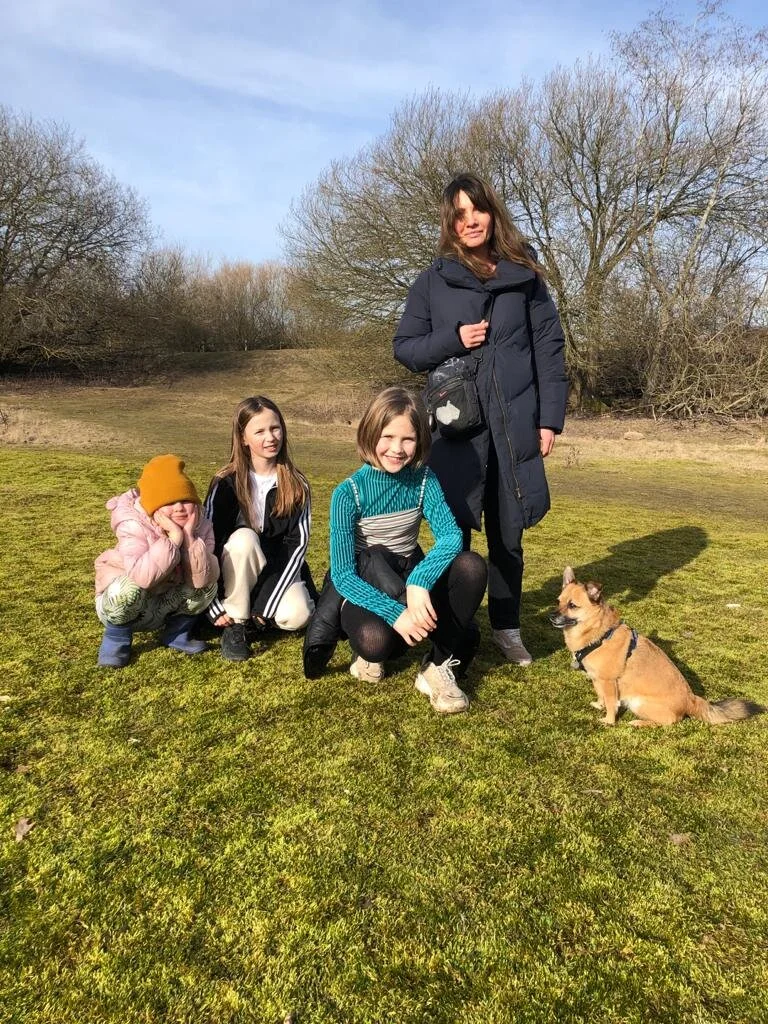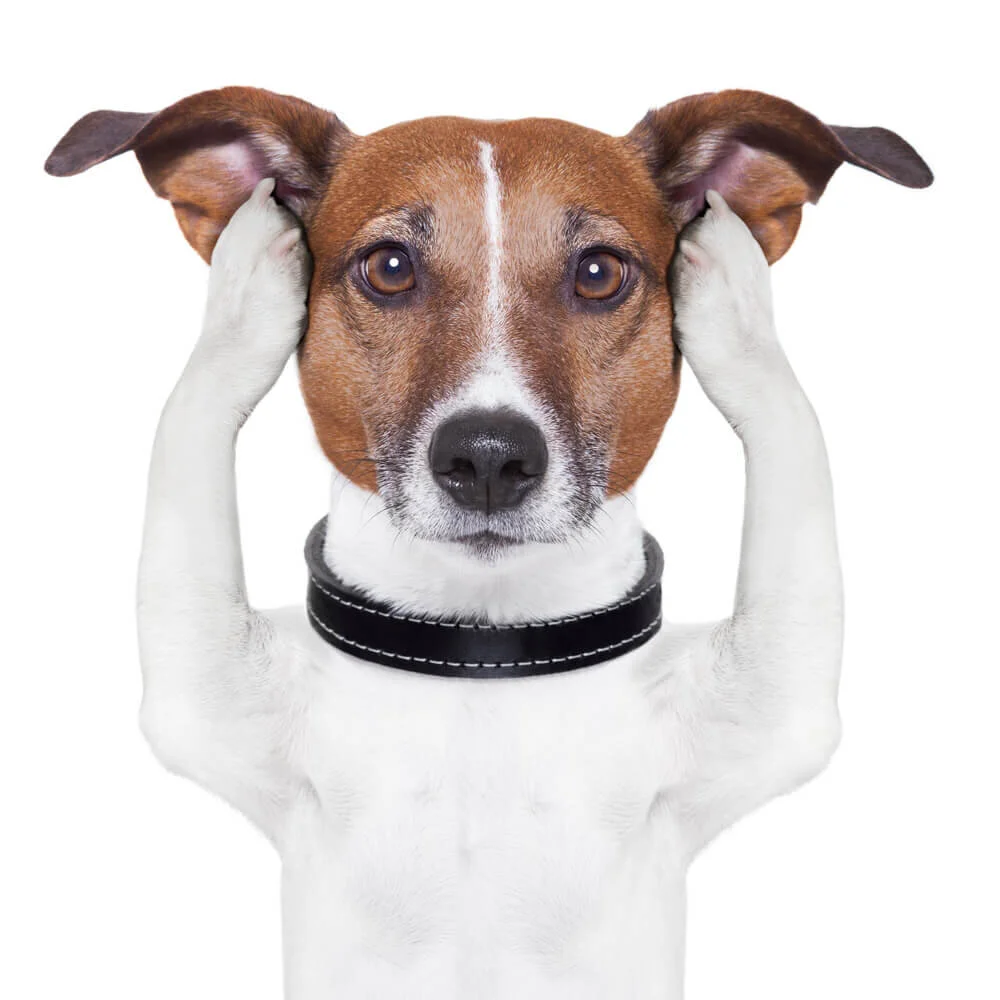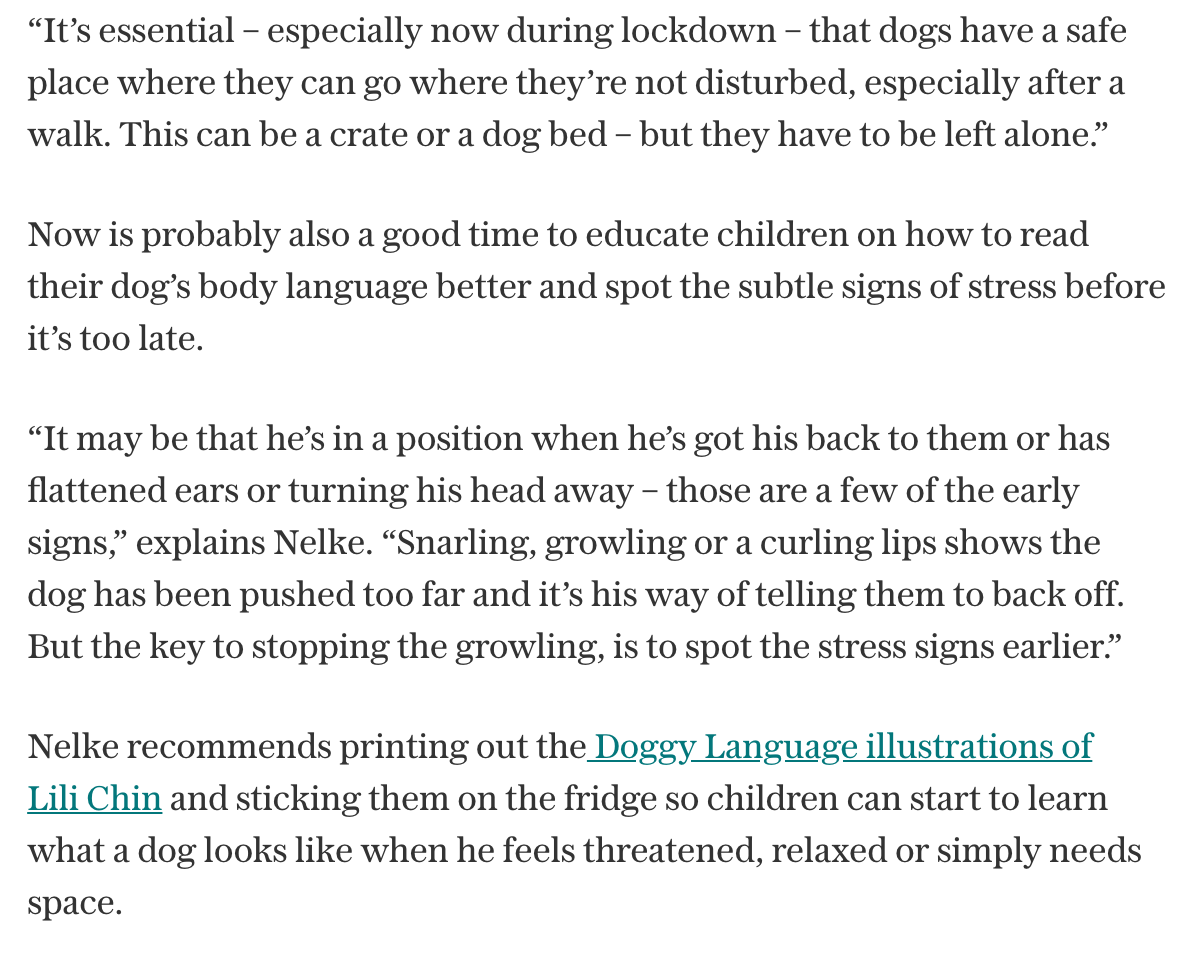Resource Guarding is one of the most natural behaviours, for us humans and for our dogs.
🐶 It’s just that when our dogs do it, let’s say ‘excessively’ from our point of view, it doesn’t fit into our lifestyle.
💜 The key to addressing resource guarding is understanding, not confrontation.
➡️➡️ Instead of punishing your dog for growling or snapping - simply behaviours that communicate their discomfort - focus on:
✅ building trust (counter conditioning)
✅ management (avoiding situations where your dog feels the need to)
✅ positively teaching new skills that will allow you and your dog to easily navigate these situations (drop, leave, hand target, back, off, etc).
🛑 also rule out underlying heath niggles (you’d be surprised by how much GI issues or pain/ discomfort can play into resource guarding behaviours).
🐾 and ensure your dog’s basic needs are met, from providing them with a safe place to rest to being able to eat in peace.
6 STEPS TO TRAINING A SOLID RECALL
Be an ACTIVIST for those who depend on you
We've won an Award!!!!
Very excited to announce that we have won another Award 🎉🎉🎉🎉
🐾 'Best Canine Behaviour Consultant 2024 (Southern Sweden)' at the Scandinavian Business Awards.
🙏 A massive thanks to all my wonderful clients who’ve taken the time and have left me great testimonials which hugely impacted on the judging panel’s decision.
🐕 And the biggest thanks to the one and only, Miss Wolfgang. This one is yours my little golden nugget ❤️
Providing enrichment for your dog to set them up for alone time training success
Adolescent Dogs
Working with adolescent dogs is a wonderful, and also often challenging, training category on its own!
The key to the kingdom is to help the human understand what their dog can and cannot offer at this developmental stage.
Patience and managing the dog’s environment is a large part of it, while continuing to reinforce the right behaviours and provide outlets for what your dog needs during this tumultuous time (we’ve all been there after all, I know I have…..sorry Mum…).
If you need help with your teenage dog, I offer an ‘adolescent dog survival’ training programme to help you and your dog navigate this developmental stage.
The #1 activity to reduce stress and increase relaxation in dogs
Separation Anxiety Training Tips: To Crate Or Not To Crate.....that is the question
The internet and world of social media is still full of advice to simply pop your dog in a crate to prevent him or her feeling anxious when home alone.
But fact is: a lot of dogs who struggle with separation related behaviours are prone to being easily overwhelmed by extra stressors. And for a lot of dogs, a crate does cause extra stress.
Firstly, ask yourself, does my dog actually like being in a crate. And REALLY have a good think about it. Plenty of dogs have learned to ‘shut down’ when in the crate AKA they’ve learned that there’s no way out, and this can often look like they are ok when in fact they are certainly not.
So if in doubt, don’t use the crate.
Also, it’s been my experience that most dogs, even if they have been positively conditioned to enjoy being in a crate, prefer to have more of a choice when it comes to where to settle during alone time training (or at any other times). Especially when it comes to longer duration absences.
So instead, you can leave the crate in place, with its door open, so your dog can choose to rest inside the crate or somewhere else within your home.
If you’ve been considering using a crate because you feel worried about your dog’s, or your home’s, safety during alone time training - you may have a puppy or teenager on your hand - then I would recommend creating a safe space via sectioning off an area or a room with a baby gate.
If you need help with your dog’s separation issues, get in touch.
Alex & Wolfgang
Easing back into separation anxiety training post Christmas holidays
The holiday season is a time of joy, festivities, and quality time spent with loved ones, including our beloved furry friends. However, as the decorations come down and the routines return to normal, some dogs may struggle with separation related issues, especially if they've grown accustomed to constant company during the festive season.
You may have been making great progress with your dog's separation anxiety training prior to the holidays and now find yourself back to square one, or you may find that your dog, who’s never struggled with being home alone before, suddenly changed his/ her mind.
Here's a guide on how to help your canine companion ease back into separation anxiety training post-Christmas holidays.
Caring For Your Senior Dog
My little girl Wolfgang is about to turn 11 and, well, things are changing for her in terms of what she’s physically and mentally capable of. So, as she is the inspiration behind everything I do, I thought we’d share some tips on what to look out for as our dogs age and what you can do for them to ensure they continue to live their best life possible.
Why a trusting relationship with your dog is worth a million times more than any ‘obedience’ training
Yesterday, Wolfgang got a special, big treat (‘cause she’s the best!) in form of a sausage. And whenever she gets too big a piece and it needs dissecting, she usually finds herself a quiet spot to attend to it.
But we were all cosy on the sofa and I saw in her little face how she was ‘debating’ over whether to pop down or how to go about it.
So I offered my cupped hand and said ‘Do you want Mami to help?’. And she immediately dropped that juicy sausage on my hand and sat back, looking at me in anticipation while I broke it up into bite-sized pieces for her. Patiently waiting for me to feed her every delicious bit.
And these moments of trust are what it’s all about (for me, at least).
For a dog to let go of such a high value food without a worry in the world (and no, I’m not in her head but she looked blissfully zero bothered).
I use the ‘can I help’ cue for all sorts of situations including:
When she stepped into something and can’t get it out of here paws (I walk to her or she hobbles over to me).
When there is a little poo stuck and she can’t bum-shuffle it off (and gets quite freaked out over it).
When she tries to get to the end of the Kong but can’t quite get that last bit right at the top out.
If she tries to get to something but can’t quite reach….and much more
A few tips on how you can build a trusting relationship with your dog:
Learn to talk dog so you can understand and communicate with your dog, and within this….
Allow your dog choice and control over their environment
ALWAYS be your dogs safe place
Don’t mess with your dog’s resources, AKA what’s important to them.
That includes simply letting them eat their meals rather than making a whole song and dance around waiting for five minutes, then reciting the alphabet before they can dig in.
Accept your dogs personality: teach them cues so you can easily navigate this human world together but also accept that they might not want to allow strangers to pet them and that they, too, have crappy days where they might react to the environment.
Don’t use aversive methods!!!!
When The Going Gets Tough…. Force-free management tools for when things get messy
You are working with your reactive dog on making the world a less stressful place for them…
You are out and about socialising your puppy….
You are training with your adolescent dog, ironing out a couple of teenage tricky behaviours…
One moment the world is at peace, then suddenly something happens that sends your dog into melt down frenzy (out of fear, over-excitement, frustration…).
In this heightened emotional state most dogs struggle to respond to a cue, and management is key.
The following force-free management tools will help you to swiftly, and positively, get out of a potentially messy situation.
Why Dogs Bark & What You Can Do About It
First things first, dogs bark! It’s a dog, it’s what they do. You wouldn’t ask a lion to stop roaring.
However, the fact that dogs live in our homes makes this often an issue for us humans. And of course we often expect our furry friend to behave perfectly, in all sorts of ‘human’ situations.
This article is about understanding why your dog barks and how to deal with it, including teaching alternative behaviours, providing outlets so they don’t need to bark in the first place as well as preempting, managing and, let’s say, tone it down a notch, or two.
Before I delve into the different types of barking and how to deal with these, here are some things to consider that can impact on most barking behaviours:
How to make the festive season stress free for your dog
The festive season is well and truly upon us. The tree is going up, decorations shall be hung and soon the house will be filled with an abundance of visitors and the smell of delicious food.
It’s important to remember that the festive season can be a stressful and unsettling time for your dog so check out our top tips to help keep the festive season merry and stress free for your dog.
Plan ahead
It is not always possible to take your dog to visit friends and family, always plan ahead and book your dog walker/sitter well ahead of time. It’s not fair to leave your dog with just anyone so choose carefully and make sure that your dog is happy and comfortable around whoever you choose to leave them with.
Try to keep your routine (as much as possible)
Dogs thrive on routine so it is important to keep their routine as normal as possible over the festive season. Even when you’re full of Christmas feast, your dog should still get their evening walk. Maintaining their feeding and exercise routine will help to keep them calm and happy.
CHOICE MATTERS TO YOUR DOG!
Let’s face it, our dogs have very little choice and control over their day to day existence. They have no say over when they want to eat (or how much!!) or how much time to spend in the park. Whether they actually want that stranger to pat them on the head (while they can’t get away ‘cause there’s that thing called a lead that renders them stationary) or if this really is the ideal time to go to bed.
So whereas there are some things that we of course do no need to decide and manage on their behalf, in order to ensure they stay safe and healthy, providing choice for your dog wherever possible will make a huge difference to their overall wellbeing and will certainly improve the relationship you have with your furry friend.
Choice as well as being able to predict what happens next, whether that is via a routine or offering choice, make dogs feel safe. And feeling safe means less stress and more contentment; resulting in a confident, healthy and happy dog. What’s not to love?
11 Tips to Create a Dog-Friendly Yard, Straight From the Pros
The accidental therapy dog
It’s fair to say that Wolfgang has never been quite so keen on kids. Totally at ease with any children passing or being close by and ignoring her but not so happy with kids approaching and trying to interact. And considering she still looks like the cutest puppy most kids want to cuddle her and pick her up…..not knowing that deep inside this little Jack Russell Terrier mix’s soul, there is a big wild wolf!!
Coming from a home with a toddler who, as I could tell when we picked her up, was quite full on with her as a very young puppy (AKA chasing after her, throwing toys at her, etc) to not being exposed enough to children when young. it can be difficult to get hold of kids when you or your friends don’t have any at hand for socialisation purposes, just sayin’….
In addition, her rather sparkly personality to choose ‘fight’ over ‘flight’ when given the opportunity (the ‘fight’ being a surprisingly loud and rolling bark, for such a little furry person, combined with a moving toward rather than retreating) never quite helped the overall situation.
Post Lockdown Syndrome is a Thing, Even for our Dogs!
As lockdown is easing across the UK, our puppies and adult dogs are faced with plenty of lifestyle changes that can be both stressful and plain scary. Understanding your dog’s fears as well as helping them to prepare for ‘the unknown’ is crucial to their wellbeing and to preventing unwelcome habits and behaviour issues from developing.
A problem area I’m working with a lot at the moment is people welcoming guests at their homes once again as well as heading out to busy public places such as busy pubs and restaurants, all with their dog in tow who simply can’t cope.
For all those pandemic puppies who’s never had a stranger visit their home these new experiences can be incredibly disruptive. As is for our adult dogs who’ve enjoyed a year of anti-social bliss and forgot what it’s like to be around more people than their closest family members.
Communication is the key to success
If you want your dog to learn and understand your language, then it’s only fair you can talk ‘dog’. Communication should always go two ways and understanding what your dog is telling you will result in a strong, trusting bond, which should be the basis of any training.
To talk ‘dog’ you have to look at your friend’s entire body (eyes, ears, mouth, tail, body stance, etc) as well as listen to the sounds he or she makes. Context and looking at the bigger picture is equally as important; for example a dog who yawns in the morning when he wakes up is tired, whereas a dog who yawns when a dog runs up to her in the park, is worried and potentially stressed.
Some subtle signs of communication to look out for when your dog feels stressed: eye blinking, lip/ nose licking, yawning, averting face/ gaze, lowered or tucked tail, frozen body posture, tightly closed mouth and much more.
Wolfgang's Way in the Telegraph
The wonderful Lauren Libbert has written a feature for the Telegraph about how her Cockapoo Freddy has been coping with life under lockdown. Slowly morphing from a chilled and fun loving dog to an often irritated, growly, then suddenly over the top active furry noodle, she’s asked for advice on what the reasons behind his behaviour may be as well as how to help him, and other dogs, through these challenging times.
And I was of course so very excited to be have been able to contribute.
Telegraph online 15/05/2020
